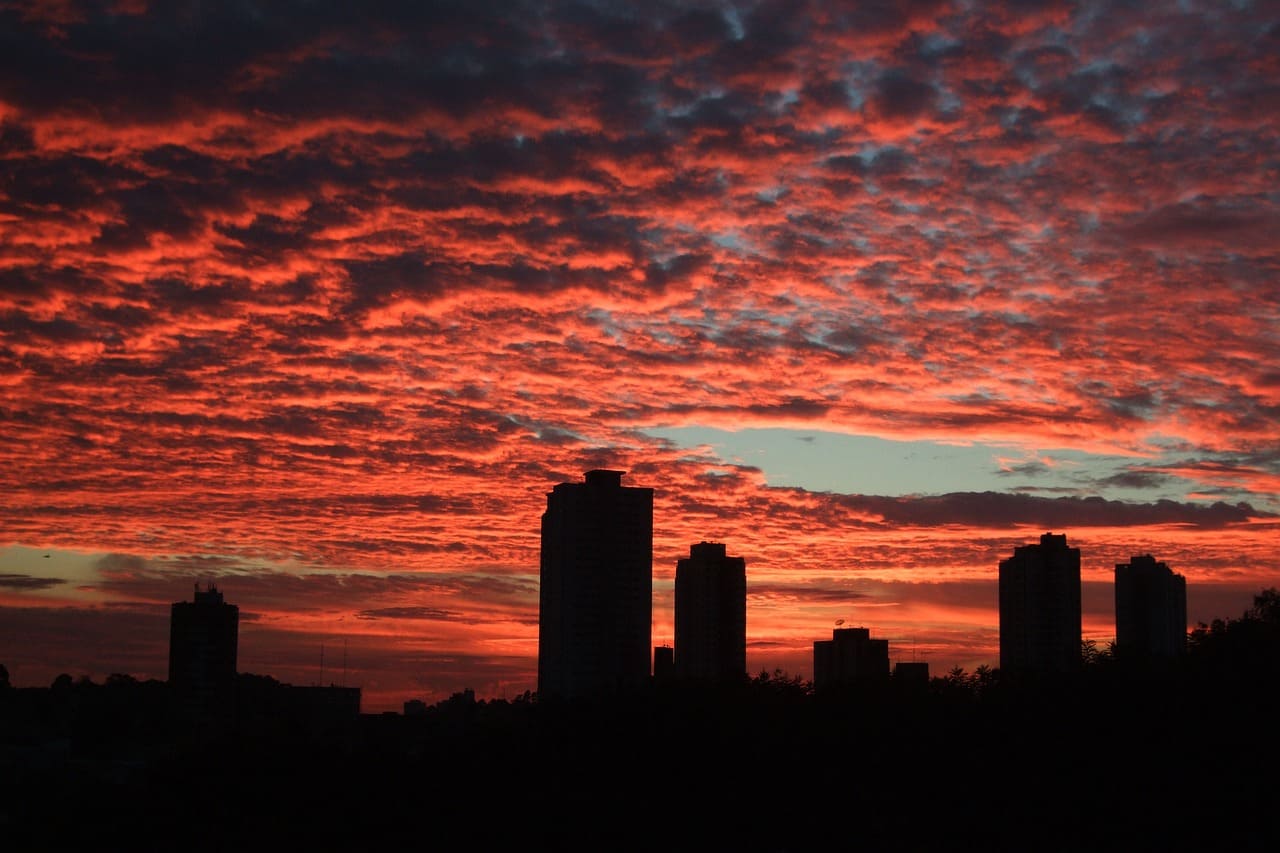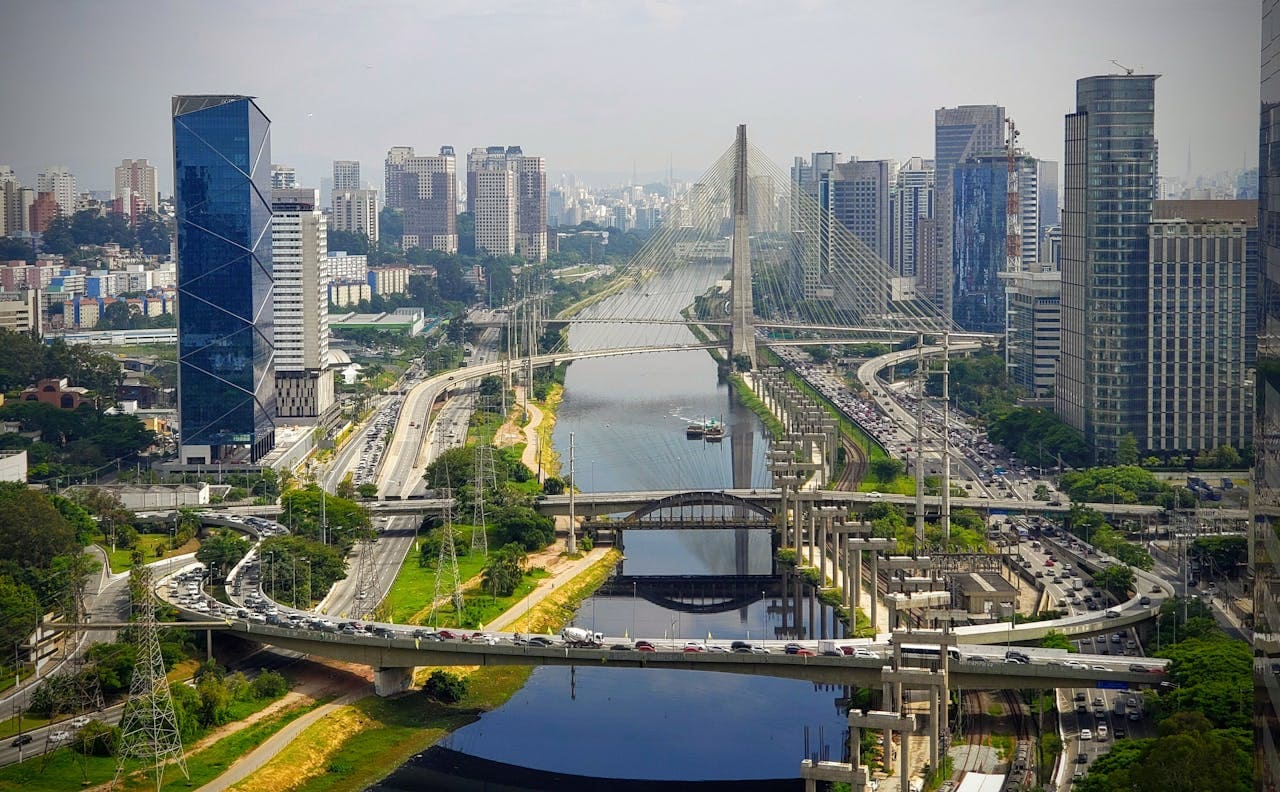The South Zone of São Paulo is one of the most diverse and dynamic areas of the city. With a wide range of neighborhoods, from the most traditional to the most modern, the region offers a unique experience for its residents and visitors.
A little history:
The South Zone of São Paulo experienced intense development from the second half of the 20th century, with the expansion of the city and the construction of large avenues and housing complexes. The region is home to historic neighborhoods, such as Ipiranga and Vila Mariana, as well as more recent areas, such as Campo Belo and Brooklin.
What the South Zone offers:
- Cultural diversity: The South Zone is a cultural melting pot, with a very diverse population, which brings together people from different origins and social classes.
- Commerce and services: The region has a wide variety of commerce options, from large shopping malls to neighborhood markets. There are also several service options, such as banks, schools, hospitals and clinics.
- Leisure: The South Zone offers a variety of leisure options, such as parks, museums, theaters and cinemas. Ibirapuera Park is one of the main tourist attractions in the region, with its gardens, lakes and museums.
- Gastronomy: The gastronomy of the South Zone is quite diverse, with restaurants serving dishes from different parts of the world. You can find everything from sophisticated restaurants to traditional snack bars and bakeries.
- Transportation: The South Zone is well served by public transportation, with several bus lines and subway stations . The main access routes to the region are Washington Luís, Bandeirantes and 23 de Maio avenues.
The South Zone of São Paulo is a region that offers a high quality of life, with a complete infrastructure and a wide variety of leisure and entertainment options. If you are looking for a place to live or visit, the South Zone is an excellent option.

Main Districts of the South Zone:
- Santo Amaro: One of the most important districts in the South Zone, with a wide variety of neighborhoods, from residential to commercial.
- Vila Mariana: Known for its intense cultural life and for being home to Ibirapuera Park.
- Jabaquara: A district with a mix of residential and industrial areas.
- Ipiranga: Historic neighborhood, known for the Ipiranga Museum and the Bandeiras Monument.
- Moema: One of the most upscale neighborhoods in the city, with tree-lined streets and modern buildings.
- Campo Belo: A residential and commercial neighborhood, with easy access to different regions of the city.
- Cidade Ademar: One of the most populated districts in the city, with a great diversity of cultures and social classes.
- Capela do Socorro: A district with a large green area and a more relaxed pace of life.
- Campo Limpo: District with a mix of residential and industrial areas.
- Parelheiros: One of the districts furthest from the center, with preserved nature.
- M’Boi Mirim: District with great expansion in recent years, with several residential condominiums.
- Big Field;
- Cursino;
- Sacomã;
- Health;
- Clean Field;
- Round Capon;
- Chapel of Socorro;
- Ademar City;
- Dutra City;
- Grajau;
- Angela Garden;
- St. Louis Garden;
- Marsilac;
- Parelheiros;
- Quarry;
- Vila Andrade.
Some neighborhoods in the South Zone:
Some of the main neighborhoods in the South Zone, in addition to those already mentioned, include:
- New Conception Village
- Brooklyn
- Itaim Bibi
- Paulista Garden
- Sacomã
- Cursino
- Grajau
- Vila Andrade
- Morumbi
- St. Louis Garden
How to find more detailed information?
To find more accurate information about the neighborhoods in the South Zone, you can use:
- Interactive maps: Platforms like Google Maps allow you to view neighborhoods, streets and points of interest in the region.
- City Hall of São Paulo: The city hall website offers information about the administrative division of the city and the services available in each district.
Remember: The city’s administrative division is constantly changing, so it is important to consult up-to-date sources to obtain the most accurate information.




